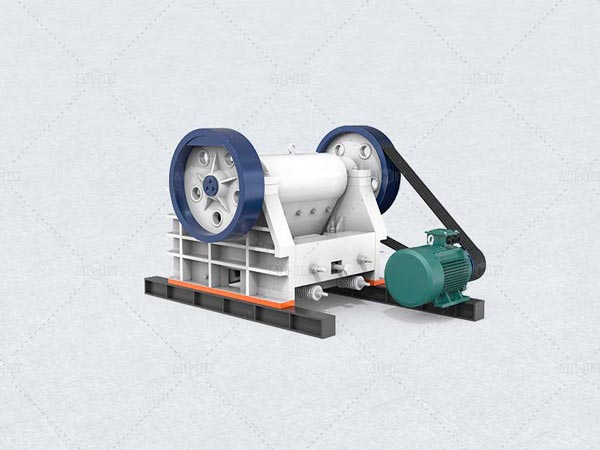


Discover essential stone crushing tools, their types, applications, and tips for selecting the right equipment for your project.
Stone crushing refers to the process of breaking down large rocks into smaller fragments or gravel for use in construction, landscaping, and other applications. It involves the application of mechanical force to crush or pulverize stones into desired sizes.
Stone crushing tools are essential equipment in industries such as mining, construction, and demolition, where the efficient processing of stone materials is vital for project success. The crushing machine enables the extraction of valuable aggregates and the recycling of construction waste, contributing to sustainable resource utilization.
Jaw crushers are mechanical devices designed to exert compressive force on rocks, breaking them down into smaller particles. These stone crushers consist of a fixed jaw and a movable jaw, with the material being crushed between them. The crushing action is achieved by the vertical movement of the jaws, which compress the rock against a stationary surface.
Jaw crushers are widely used in mining, quarrying, and recycling applications due to their versatility and high efficiency. They excel at processing hard and abrasive materials, producing uniform-sized aggregates for various construction purposes. Their simple design and robust construction make them suitable for continuous operation in demanding environments.
Impact crushers, also known as impactors or horizontal shaft impactors (HSIs), utilize the principle of rapid impact to crush stones. The features a high-speed rotor that impacts the incoming feed material, causing it to break along its natural fracture lines. The crushed material is then discharged through openings in the rotor circumference.
Impact crushers are effective for producing cubical-shaped aggregates and reducing oversize materials. They are commonly used in the production of asphalt, concrete, and railway ballast. Impact crushers offer excellent reduction ratios and high throughput capacities, making them suitable for primary and secondary crushing applications.
Cone crushers operate on the principle of compression crushing, where the material is crushed between an eccentrically rotating mantle and a concave bowl liner. These crushers feature a steep crushing chamber and a long parallel crushing zone, ensuring efficient particle size reduction.
Cone crushers are versatile machines capable of processing a wide range of materials, including hard and abrasive rocks, ores, and minerals. They are commonly used in the mining and aggregate industries for secondary, tertiary, and quaternary crushing stages. Cone crushers offer excellent product shape and size distribution, making them ideal for producing high-quality aggregates.
The properties of the stone material, such as hardness, abrasiveness, and moisture content, influence the selection of the appropriate crushing tool. Different crushers are designed to handle specific types of materials, ensuring optimal performance and durability.
The desired output size of the crushed material determines the type of crushing tool and the configuration of the crushing chamber. Jaw crushers are suitable for coarse crushing, while cone crushers and impact crushers are preferred for producing finer aggregates or shaping the final product.
Operational factors, such as production capacity, feed size, and maintenance requirements, play a crucial role in choosing the right crushing tool for a particular application. It is essential to consider factors such as energy efficiency, wear parts availability, and ease of maintenance to maximize the productivity and longevity of the crushing equipment.
In conclusion, stone crushing tools are indispensable equipment in various industries, enabling the efficient processing of stone materials for construction and other applications. Understanding the different types of crushing tools available and the factors to consider when selecting the right tool ensures optimal performance and productivity in stone crushing operations.
